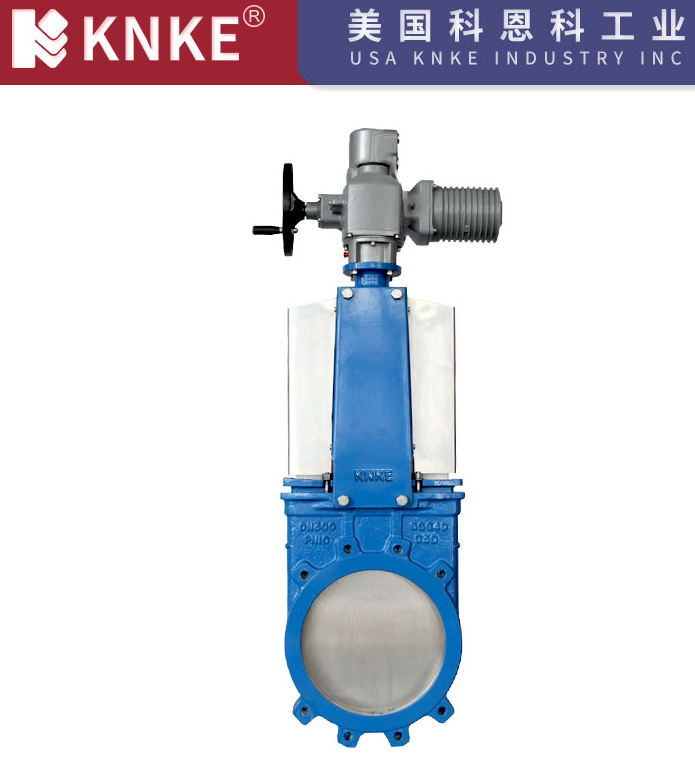Gate Valve: Applications and Characteristics
A gate valve, a long-standing and widely used valve type, plays a crucial role in industrial production and daily life. Its unique design and excellent performance make it indispensable. It primarily opens or closes fluid flow in a pipeline, not for regulating it.
Gate Valve Structure and Function

The gate disc is the gate valve’s core component. It moves perpendicular to the fluid flow. Lifting or lowering the disc opens or closes the valve. When fully raised, the valve is wide open, allowing unobstructed flow. When fully lowered, it completely stops the fluid. This design ensures minimal fluid resistance and virtually no pressure loss when the valve is fully open.
Actuation methods vary. Common types include manual, gear-operated, pneumatic, and electric. These adapt to different operational needs and automation levels.
Key Gate Valve Features
Gate valves stand out due to several key features:
- Low Fluid Resistance: When fully open, fluid flows straight through. This means low resistance and minimal pressure loss. This is vital for systems needing stable flow and reduced energy use.
- Excellent Sealing: The gate disc and valve seat create a tight seal. This happens through a wedge-shaped or parallel contact, using media pressure or pre-tightening force. This ensures effective fluid shut-off.
- Broad Application: Gate valves come in sizes from DN50 to DN2000 and larger. They handle various media: water, steam, oil, natural gas, and corrosive fluids. Their wide pressure and temperature ratings suit many conditions, from low to high.
- Simple Design, Easy Manufacturing: Gate valves are relatively simple. They have fewer parts and mature manufacturing processes, making them easy to maintain.
- Lower Operating Torque: For rising stem gate valves, the stem just rotates. This means less torque is needed to open and close them. However, larger or high-pressure valves require more torque.
- Not for Flow Regulation: This is a key limitation. Partial opening can cause fluid impact, eroding the gate disc and seat. This damages the seal. Therefore, don’t use gate valves for throttling or flow regulation.
Gate Valve Uses
Gate valves are widely used across industries due to their performance:
- Oil and Gas: They isolate and distribute pipelines in extraction, transport, and refining.
- Water Treatment: Gate valves control water flow in water treatment plants, wastewater facilities, and building water systems.
- Chemical Industry: They control the flow of corrosive, high-temperature, or high-pressure media in chemical production.
- Power Industry: Power plants use gate valves to control crucial media like steam and cooling water.
- Metallurgical Industry: They control gases, liquids, and slurries in steel and non-ferrous metal production.
- Marine Industry: Ships’ piping systems also extensively use gate valves.
The gate valve’s unique design and performance make it vital in industrial fluid control. Its low fluid resistance, good sealing, and wide applications make it ideal for completely opening or closing flow. Remember, though, it’s not for flow regulation. Properly selecting and using gate valves ensures safe, efficient, and stable industrial operations.
